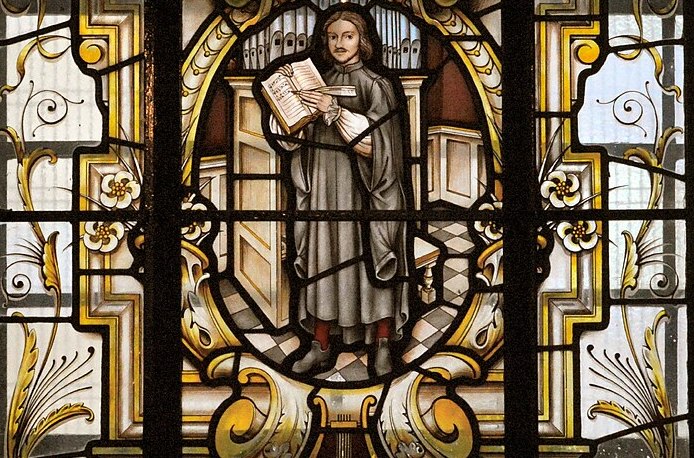33 changes and 50 variations
Anton Diabelli presented a waltz theme to his composing colleagues. What they made of it is reproduced in this new edition - together with Beethoven's famous cycle.

The story is well known: Publisher Diabelli sent a waltz he had composed himself to the most respected composers and virtuosos of the Austrian Empire with the invitation to write a contribution to a collaborative work of variations. After some initial hesitation, Beethoven naturally made the most important contribution. His 33 Changes over a waltz and the other 50 variations by his professional colleagues have now been published together in one volume by Bärenreiter. (So Diabelli's waltz theme can't be as bad as you read everywhere ...)
For once, it is permissible to skip the great master and turn to the other, more or less well-known authors. There are many who adhere slavishly to the given theme and hardly reveal any of their own approaches. In the seventh variation, Joseph Drechsler proves that there is another way. His Quasi Ouverture with a slow introduction followed by an allegro has symphonic potential. Emanuel Aloys Förster is even more detailed. In his Capriccio After a bold modulation, a more extensive fugue suddenly appears. Archduke Rudolph, Beethoven's prominent pupil, also writes one of these. The fact that Simon Sechter turned the waltz into a Imitatio quasi Canon while the very young Liszt plays a little bravura piece is probably not surprising. Some virtuosos obviously set out to impress with daring leaps and demanding passages. Conradin Kreutzer, Heinrich von Lannoy, Hieronymus Payer and above all Friedrich Dionys Weber are undoubtedly among them. The contributions of Johann Nepomuk Hummel, Joseph Kerzkowsky and - who is surprised? - Franz Schubert. His Variation in C minor is probably the most beautiful composition in the entire volume.
Schubert is not the only one to avoid the key of the C major theme. Johann Evangelist Horzalka, Joseph Huglmann and Franz de Paula Roser, for example, all surprise in A flat major. Was there any collusion involved? In any case, the extensive coda penned by Carl Czerny was planned, which finally leads through labyrinthine paths to a radiant C major.
This edition presents these variations, some of which are completely unknown, for the first time as an Urtext. As usual, there is a readable preface on the history of the composition and a comprehensive critical report. Instead of the "Notes on performance practice", some biographical information on the numerous forgotten composers would perhaps have been more desirable in this case.
Beethoven: 33 Variations on a Waltz op. 120 / 50 Variations on a Waltz composed by the most excellent composers and virtuosos of Vienna for piano "Diabelli Variations", edited by Mario Aschauer, BA 9656, € 27.95, Bärenreiter, Kassel









